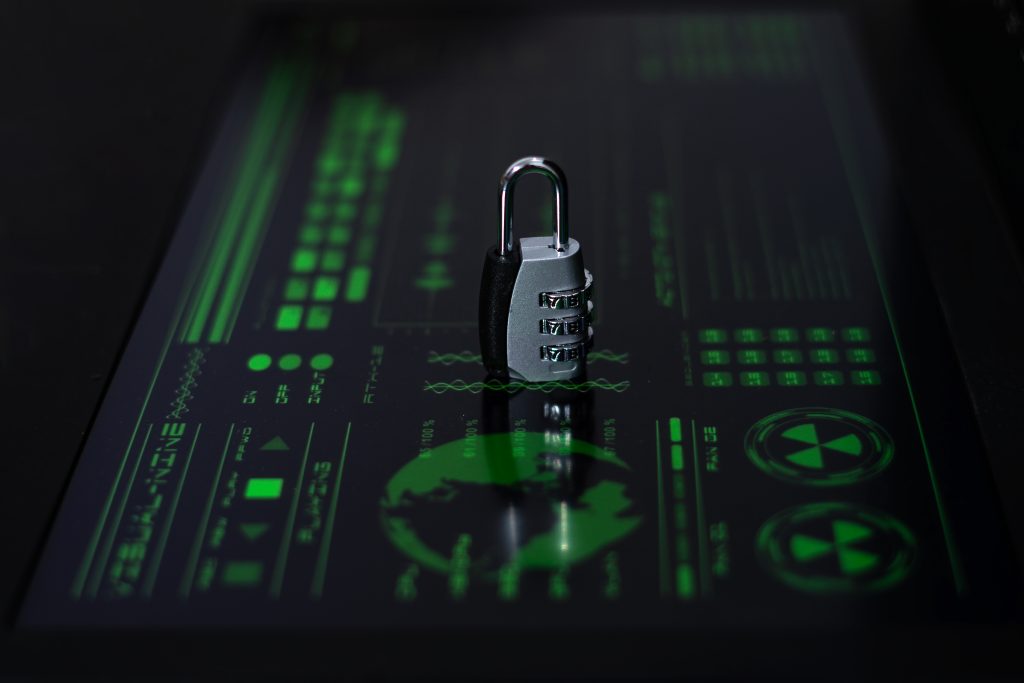In 2025, AI-powered UI/UX is revolutionizing design by blending creativity in design with design efficiency. Artificial intelligence streamlines workflows, personalizes user experiences, and sparks innovation, but it also raises questions about originality. This blog explores how designers can harness AI in UX design to strike a balance between creative expression and efficient processes, ensuring exceptional user experience.
The Role of AI in Modern UI/UX Design
AI tools analyze user behavior, generate layouts, and automate repetitive tasks, enabling designers to focus on strategic work. For instance, AI-driven prototyping tools can suggest design variations based on user data. Why is this transformative? AI-driven design tools boost productivity while enhancing user engagement. Are you leveraging AI to elevate your design process?
Boosting Creativity with AI
AI doesn’t stifle creativity—it amplifies it. By offering data-driven insights, AI helps designers craft personalized interfaces, like tailored dashboards for specific user segments. Generative AI can also propose unique visual styles, sparking inspiration. Through AI-enhanced creativity, designers push boundaries in UI/UX design trends 2025. How can AI inspire your next creative breakthrough?
Strategies for Balancing Creativity and Efficiency
To harness AI effectively, consider these five strategies:
- Use AI for Insights, Not Decisions: Let AI analyze data, but guide creative choices.
- Automate Repetitive Tasks: Free up time for ideation by automating wireframing.
- Personalize with AI: Tailor interfaces using AI-driven user behavior analysis.
- Iterate Rapidly: Test AI-generated designs with users for quick refinement.
- Maintain Human Oversight: Ensure AI outputs align with brand vision.
These AI UX best practices optimize creative design efficiency. Which strategy will you adopt?
Challenges of AI in UI/UX Design
Over-reliance on AI can lead to generic designs or disconnect from user needs. Ethical concerns, like data privacy, and the learning curve of AI tools also pose hurdles. By addressing these AI design challenges, designers can maintain authenticity. Are you ensuring human creativity shines through AI-driven designs?
Tools for AI-Powered UI/UX Design
Leverage these tools to balance creativity and efficiency:
- Figma AI Plugins: Generate layouts and design suggestions.
- Uizard: Convert sketches to prototypes with AI.
- Adobe Sensei: Enhance designs with AI-driven insights.
- Framer AI: Build interactive, AI-optimized interfaces.
These UI/UX design tools align with AI design trends 2025, streamlining workflows. Which tool suits your needs?
The Future of AI in UI/UX Design
In 2025, AI-powered design trends will emphasize hyper-personalization, real-time adaptability, and Web 3.0 integration. Designers must ask: How can we blend AI efficiency with creative innovation? By mastering AI in UI/UX design and prioritizing user-centered design, brands can deliver unique, efficient, and engaging experiences that stand out.



